
While this week saw less activity by the river, this certainly didn’t stop the Mara from delivering some remarkable sightings. Working in this industry for my entire adult life, it’s not often that I see animals behave in a way that is completely new to me. This week I struck gold.
There was a report of two leopards sighted together in the central portion of the Triangle. Grabbing a picnic lunch, I loaded the vehicle full of camera gear and raced off. By the time I got to the area, it was midday and the grasslands were completely silent. Frustrated to have missed out on a great sighting, I decided to have my lunch under the shade of a nearby Rock Fig tree.
I heard them before I saw them. The distinctive gargling and piercing sound of mating leopards. Practically levitating back into the vehicle, I realised they were right beside me. Slowly reversing the vehicle out of the shade to give them space, the waiting game began.
Leopards in the Mara Triangle are typically shy, and so the best I was hoping for was a glimpse – even that would be a win. I could never have imagined what was about to unfold. After about 45 minutes, the male climbed up the tree, followed shortly by a petite female. Before I had the chance to move the vehicle, he had climbed on top of her and they were mating in the upper branches of the tree. I have heard stories of leopards mating in trees, mostly anecdotal coming from India, but I had never seen it for myself.
I managed to capture this brief and intimate encounter both on camera and film. After a few seconds it was over, the leopards had bolted down the tree, and vanished into the grass.

That same drive I came across yet another leopard, this one a much older, more confident, and established individual we know affectionately as the Shepherd Tree Male. At one point, he came so close to the vehicle that I could no longer use a proper camera, resorting to an iPhone in an attempt to convey his magnificence and proximity to my open-sided safari vehicle.
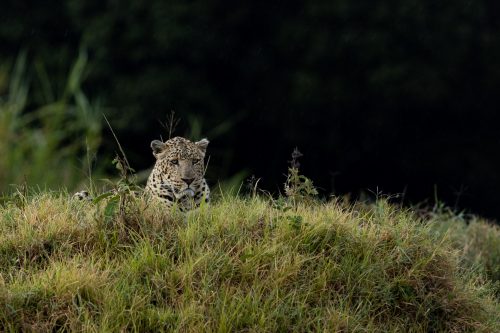

The Owino Pride had a rather interesting, albeit frightening week. They managed to successfully hunt a buffalo at the base of the escarpment, before a new, and still unidentified, male lion arrived on the scene who tried to attack their sub-adult cubs. Guests sat enthralled, as the four lionesses managed to challenge him, protecting their cubs, sending him running for the hills. At this stage we are still trying to work out who he is, and if he has managed to overthrow Olalashe, the father of the cubs.

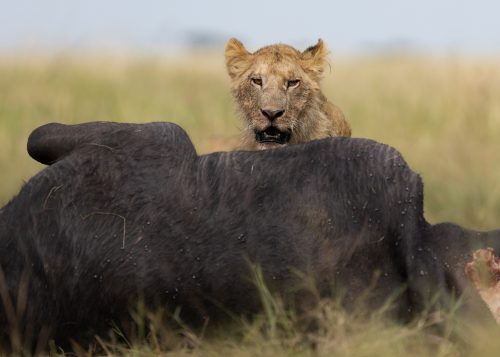
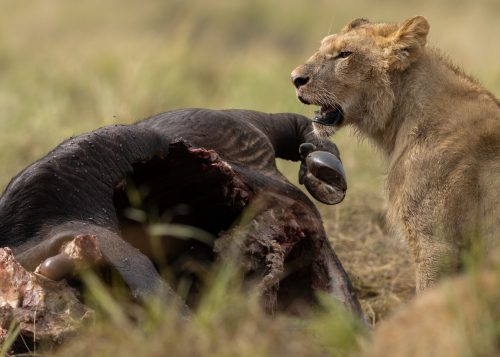
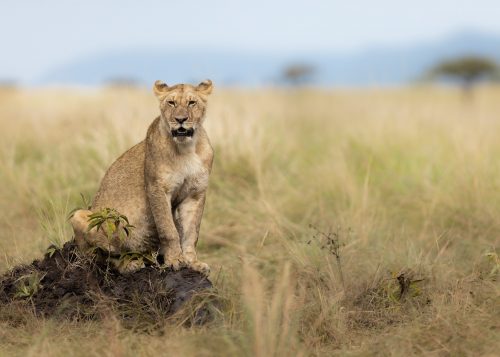
This week also marked a massive land grab by the five Inselberg Coalition members. They appear to be set on marching north deeper into the Triangle. It is not often we see the five of them together as they continue to expand their dominance. We used to have to search for them along the Tanzanian border, but now they are not far from Serena. Perhaps the idea of a showdown with the five Bila Shaka Males is imminent?

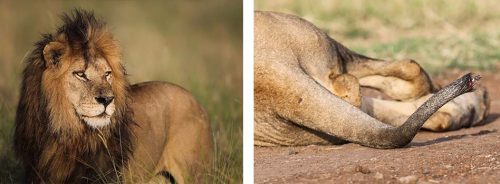
Charlotte was fortunate to go on her first hot-air balloon flight this week. She had an amazing time of course, and happily sent a selection of images from the morning flight. Her face was alive with enthusiasm as she recounted stories of floating above the river, seeing three lions from the sky, and watching the sunrise across the Maasai Mara.
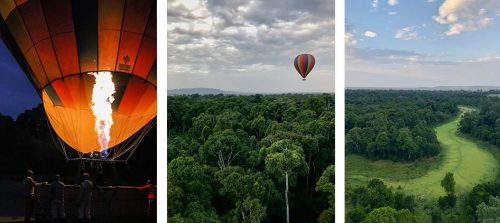

One of our guides, Robert Kiprotich, who is fast learning the skills and eye required to be an expert photographer, had a fascinating set of sightings this week. He saw puffadders mating, a boomslang sneaking across the road, and marvelled at an Angama Pride lioness making herself at home amongst the branches of a Balanites tree.
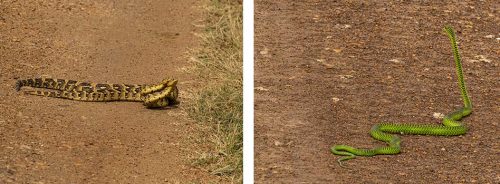

It really is a joy to be able to explore the Mara at the moment. We have had more rain than is normally expected at this time of the year, and so the grasses are primed for the imminent arrival of the big wildebeest herds. The Mara is never predictable and certainly never disappoints.
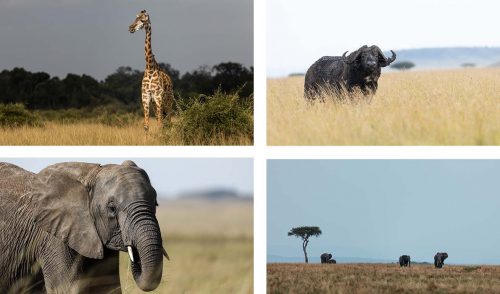


20 years of rigorous protection and exceptional land management by the Mara Conservancy, has created a habitat in which elephants can thrive. This time last year, a lovely herd of elephants crossed right in front of us.
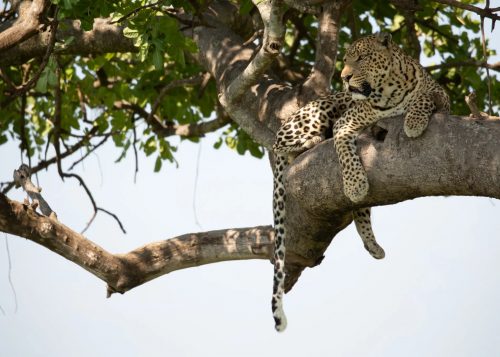
Two years ago, we sat and marvelled at the Shepherd Tree Male as he continued to traverse massive tracts of land. It is hard to believe, that even now, he continues to be omnipresent in the landscape. He disappears for weeks and then reappears out of nowhere. Would you believe it if I said that I think he has a home range of about 300 square kilometres?
Filed under: This Week at Angama
Subscribe for Weekly Stories
Comments (0):

Angama Safari Camp